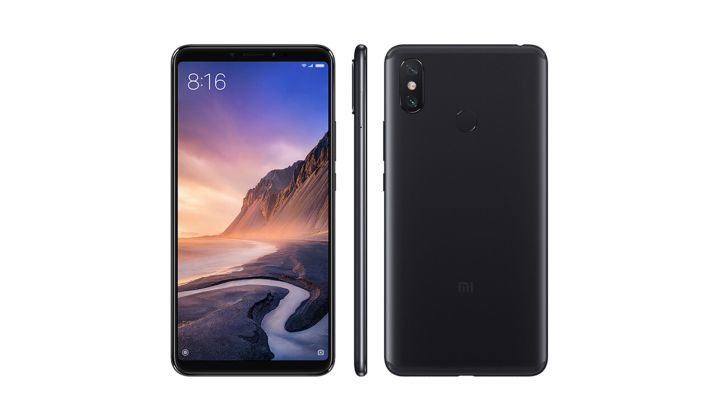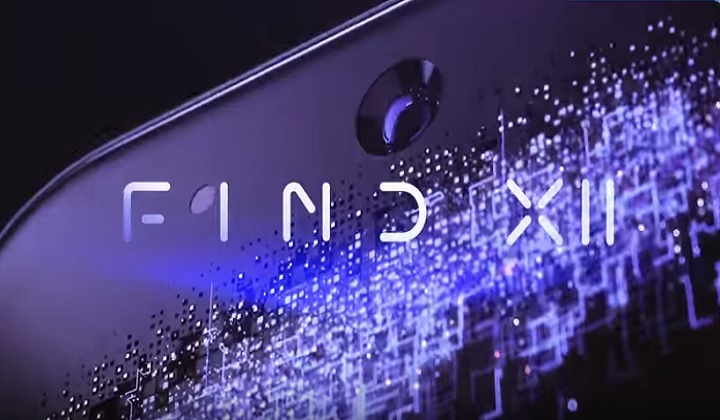There were a lot of best-selling smartphone line-ups in the last years, but there were also a lot of flops. When smartphone series has a lot of success or when they do not have enough, often manufacturers decide to ax them. In the first case, we are talking about marketing strategies, while in the second it is a pretty obvious decision. In this post, we collected all the most important smartphone line-ups that were axed in 2019. We included all those line-ups which had at least a phone released in 2018 but they did not have a successor this year.
Smartphones line-ups that were axed in 2019

Asus Zenfone Max Pro

Despite the amazingly high value for money of the Asus Zenfone Max Pro M2 released in December 2018, Asus did not release a new device from the Zenfone Max Pro series this year. This left a lot of people disappointed since the Zenfone Max Pro M2 was one of the best battery phones and also one of the devices with the highest quality price ratio. This year, Asus upgraded the Zenfone Max line-up with two models: Zenfone Max Plus and Zenfone Max Shot, both with Snapdragon SiP processors and not as impressive as the Zenfone Max Pro M2.
You can learn more about the Asus Zenfone Max Pro M2 by clicking here.
Xiaomi Mi Max

Earlier this year, Xiaomi decided to discontinue the Mi Max smartphones line-up. It was the series with the biggest phablets from the company and it included all of its devices with a display diagonal closest to 7 inches. They were unique phones due to their huge display size and you can not currently find a lot of devices with so big screens. Yet the company decided to ax it and started focusing more on Redmi mid-range smartphones. Initially, the company was supposed to ax the Mi Note line-up as well, but then it came up with the Mi Note 10 which is currently one of the best camera phones out there.
You can learn more about the Xiaomi Mi Max 3 by clicking here.
Samsung Galaxy J and On
Samsung decided to completely discontinue the Galaxy J series and replaced it with the Galaxy M lineup. The Galaxy J series included its most affordable phones and it ranged from entry-level to mid-range smartphones. The reason why it axed the J series was probably the need for increasing the competition with Chinese manufacturers by providing a more unique and advanced series of affordable devices. Even the Galaxy On series was axed: in case you never heard of it, Galaxy On was a successful series of smartphones only present in the Asian market.
BlackBerry
The Chinese giant TCL acquired BlackBerry a few years ago and started producing smartphones under its name. But after releasing the Key2 LE in 2018 with a physical QWERTY keyboard and midrange specifications, the company decided that it is not the case to go ahead. In October, TCL announced that it has no plans to release a 5G BlackBerry smartphone. Further, it did not release a BlackBerry-banded device this year.
You can learn more about the BlackBerry KEY2 LE by clicking here.
Lenovo S
Another interesting smartphone released in 2018 was the Lenovo S5 Pro GT: for less than €200, it offered a great Snapdragon 660 chipset, stereo speakers and a 3D facial recognition system, as well as a dual front camera and a telephoto sensor with 2x optical zoom. But in 2019, we did not see any Lenovo S6 Pro. Fortunately, the company released Lenovo Z6 which offers an even higher value for money, but the S series contained even more affordable devices. That is why we hope it will come up again with a new device from this series next year.
You can learn more about the Lenovo S5 Pro GT by clicking here.
Sony Xperia Compact
Another smartphone missing among the most unique ones this year is a Compact flagship from the Sony Xperia series. In 2019 Sony revolutionized the naming scheme of its smartphones starting from Sony Xperia 1. The new line-up did not include an Xperia 1 Compact, but the company still launched a flagship with modest dimensions: Xperia 5. It offers the Snapdragon 855 chipset and a 6.1-inch display, but it is not the most compact phone out there.
You can learn more about Sony Xperia 5 by clicking here.
Motorola Moto Z flagship
Sadly, Motorola did not release any flagship smartphone this year. Motorola Moto Z3 was the last one and it came in August 2018. This year Moto Z4 debuted, but it is just a midrange phone. Instead, the company decided to release the Motorola Razr 2019: a revival of the iconic Razr feature phone which is also its first foldable phone. However, it is packed with midrange specifications, including a Snapdragon 710 chipset.
You can learn more about the Motorola Moto Z4 by clicking here.
Oppo Find

After years of not releasing any flagship, Oppo came up with the Find X in 2018. It packed the most powerful Snapdragon chipset as well as a very revolutionary design including a motorized pop-up slider hiding all the cameras while closed. But in 2019 the Oppo Find X did not have a successor. Instead, the company launched a flagship under the Reno line-up: Reno 10x zoom. But Oppo already confirmed that Oppo Find X2 will debut in the first part of 2020, so stay tuned for more.
You can learn more about the Oppo Find X by clicking here.
HTC U flagship
HTC is living a strong year over year decline in the smartphone sector, but this year it saw a slight growth. But it was not because of the sales of a flagship phone. Unlike the previous years, in 2019 HTC only released mid-range and entry-level devices. The latest flagship is the HTC U12+ launched in the middle of 2018. And despite it was an amazing flagship, it did not succeed. That is why it is easy to realize why it does not have a successor. We hope the company will try again next year with a 5G flagship.
You can learn more about the HTC U12+ by clicking here.
Pocophone

In 2018 Xiaomi launched a new brand: Poco. It included one single device: the affordable flagship Pocophone F1 offering all the power of the Snapdragon 845 and a big battery for an incredible price. There was no Pocophone F2 this year, but a few days ago the company confirmed that we will hear more about Poco in 2020!
You can learn more about the Xiaomi Pocophone F1 by clicking here.







